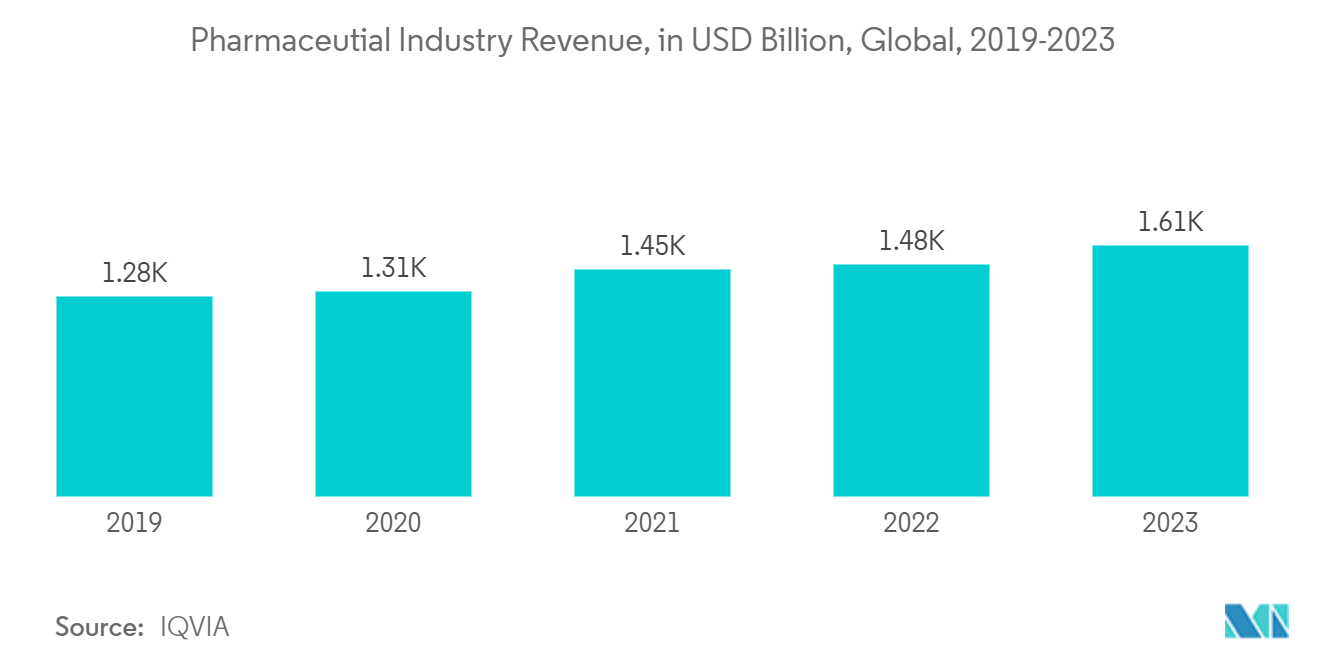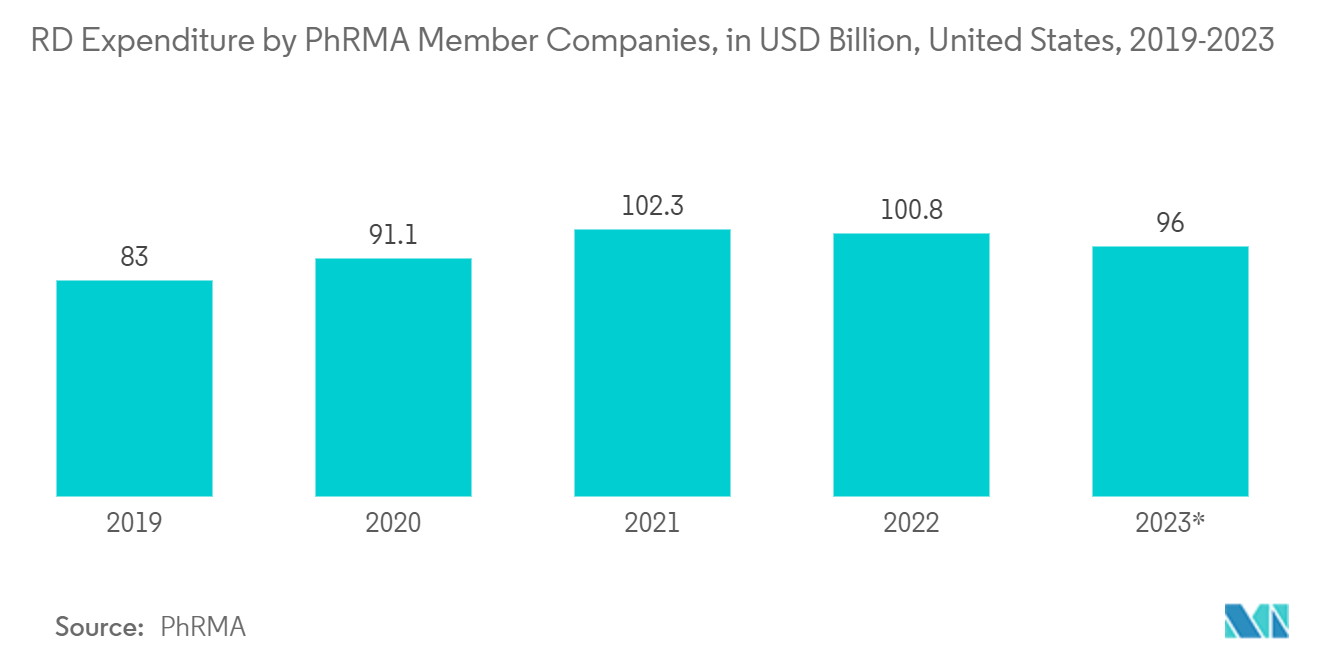Market Trends of Confocal Raman Spectroscopy Industry
The Portable Segment is Driving Popularity
- Driven by various factors, the market for portable high-quality Raman spectrometers is witnessing notable growth. A primary catalyst is the rising demand for portable analytical tools in industries like pharmaceuticals, biotechnology, and environmental monitoring.
- For instance, according to Maersk, the Indian pharmaceutical industry, frequently referred to as the 'pharmacy of the world,' is experiencing significant growth. The industry's value surged from USD 40 billion in 2021 and is projected to reach USD 130 billion by 2030, with ambitious forecasts suggesting a leap to USD 450 billion by 2047. This uptick, fueled by escalating life sciences R&D, underscores the heightened need for on-site analyses, swift substance identification, and non-destructive testing.
- Over the past two decades, portable Raman spectrometers have shrunk in size while their performance has seen a marked enhancement. This evolution is attributed to the closer integration of components, a shift from reflection to transmission gratings, and notable strides in electronics, display, and battery technologies. These advancements have collectively contributed to making portable Raman spectrometers more efficient, reliable, and user-friendly, thereby increasing their adoption across various industries.
- The rationale behind portable spectroscopic instruments is about taking the spectrometer to the sample rather than the other way around. This shift effectively relocates the laboratory to the sample's location. Such portability empowers users to make timely, informed decisions, delivering actionable results precisely when and where needed.
- These advantages are significantly bolstering the demand for portable confocal Raman spectroscopy. The ability to conduct on-site analysis without the need for extensive sample preparation or transportation to a central laboratory saves time and resources, further driving the market's growth.
- Additionally, the versatility of portable Raman spectrometers in handling a wide range of applications, from quality control in manufacturing to field research in environmental science, makes them indispensable tools in modern analytical practices.

North America Expected to Dominate the Market
- Biomedical advances are reshaping the healthcare sector on a global scale. The sector, comprising multiple stakeholders, has weathered the storms of the global COVID-19 pandemic. Post-pandemic, it has been recalibrating its focus on future opportunities. The aim is to deepen the understanding of human biology and diseases, innovate and develop new therapeutics, and substantiate the clinical value of these advancements, benefiting individual patients, broader populations, and entire health systems.
- In North America, particularly in the United States, the pharmaceutical industry annually rolls out a diverse array of new drugs, each offering significant medical benefits. The Pharmaceutical Research and Manufacturers of America (PhRMA), a prominent trade group, champions the interests of leading biopharmaceutical research firms across the United States. In 2023, member companies of PhRMA collectively invested approximately USD 96 billion in research and development (R&D) on a global scale.
- Over the past decade, there has been a notable uptick in the annual approval of new drugs. Data from Nature Reviews highlighted that in 2023, the FDA greenlit 55 novel therapeutics, marking it as the second-highest approval tally in the previous three decades.
- Moreover, governmental initiatives are actively bolstering biotechnology's role in the region. A prime example is President Biden's Executive Order (EO) titled “Advancing Biotechnology and Biomanufacturing Innovation for a Sustainable, Safe, and Secure American Bioeconomy.”
- The EO advocates for a unified governmental strategy to propel biotechnology and biomanufacturing. This includes crafting a research agenda pinpointing foundational and application-driven R&D needs, aiming for breakthroughs in health, energy, climate change, food security, agriculture, supply chain resilience, and both national and economic security.
- Given these dynamics, the market is poised for growth. Confocal Raman spectroscopy, renowned for its micron-level resolution and pristine image quality, is a go-to tool for studying microorganisms. Its non-destructive, water-free capabilities make it exceptionally adept at detecting single microbial cells in situ.


